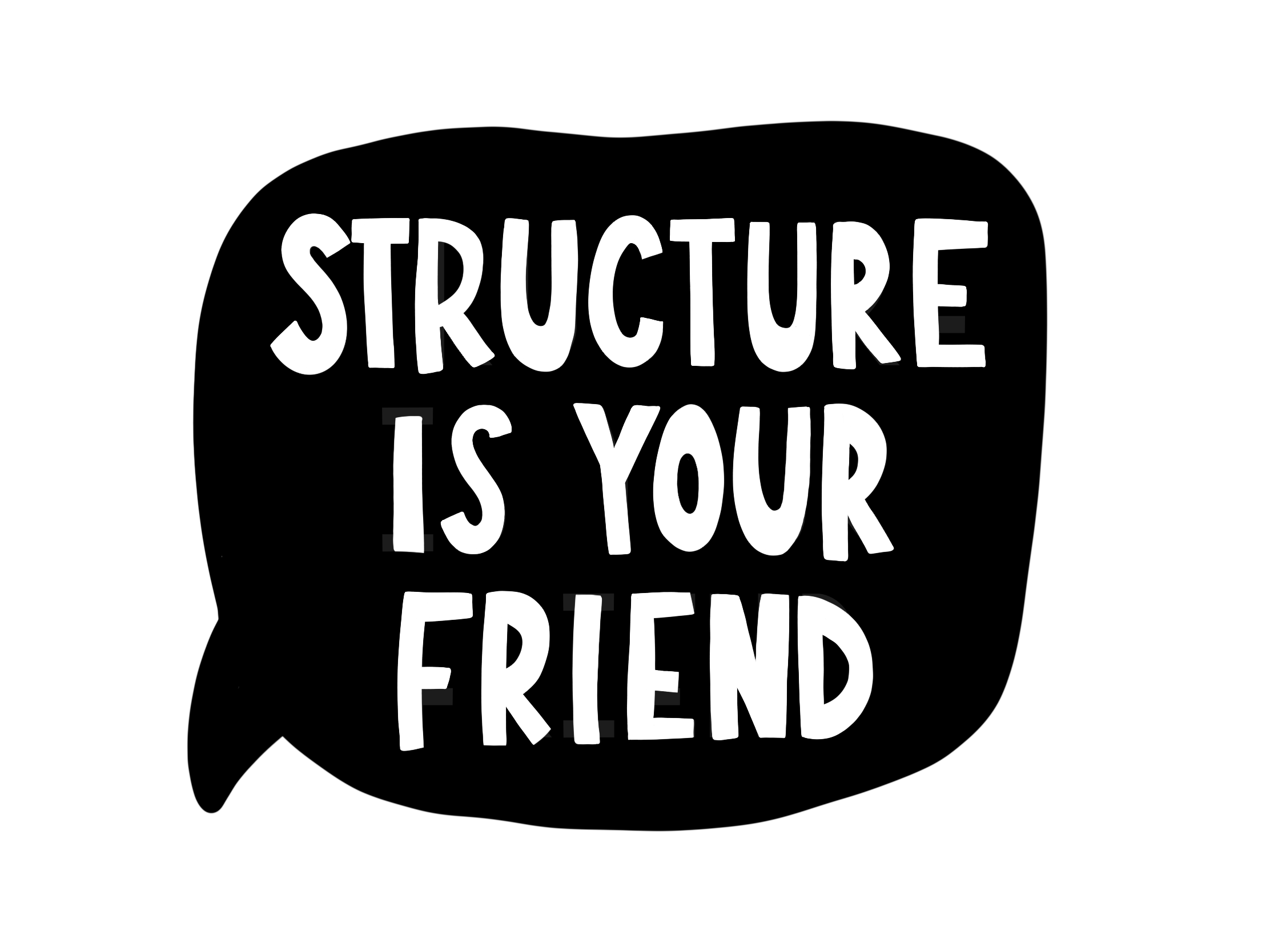The structure of your writing serves as the road map of the adventure that is your story, ensuring that your ideas flow smoothly and your message resonates with your readers. For new writers, understanding the key elements of a strong writing structure is really helpful.
Before you put pen to paper or fingers to keyboard, clarify your purpose. Ask yourself, “What do I want to convey? What do I want my readers to take away from this scene/chapter?”
Your purpose will serve as your North Star as you get into the action and emotion of the text itself.
1) Start with a hook.
Your introduction is the first impression you make on your readers, your first words the most valuable real-estate.
Start with a compelling hook — a captivating event, an intriguing question, or a thought-provoking statement. A strong hook draws your readers in, making them eager to explore your work.
2) Exercise clarity of though.
Each paragraph begins with a thought, the first sentence presenting an idea. Every consecutive sentence builds on that first thought. Each paragraph flows seamlessly into the next, creating a coherent and easy-to-follow logic.
3) Consider your transitions.
Smooth transitions are like bridges between characters or scenes. They guide readers from one point to the next, creating a sense of continuity and preventing your writing from feeling disjointed.
This doesn’t mean that you can’t jump in time or cut out sections to create intrigue. Just make sure that you’re creating links in a chain that makes it enjoyable for the reader to follow.
4) Don’t switch point-of-view (POV) too quickly.
Head hopping, as it’s known, can give your reader whiplash. Consider what style of narration you’re using, and be clear in your POV changes. You can absolutely get creative here, but don’t think so far outside the box that you lose your reader along the way.
5) Editing and proofreading.
Your writing doesn’t have to be perfect, but the more time you spend on editing and proofreading, ensuring that only the absolutely necessary words are left on the page, the easier it will be for others to read it.
Check for grammatical errors, spelling mistakes, and ensure that your writing flows smoothly. Scrutinise word choice and sentence structure. Get others to look at your text too, because once you go over it a few times, your own brain becomes blind to the errors.
Change the font, read the text on a different device (I write on the computer, but like to proofread on my phone) or print it out to help spot the mistakes. Even spellcheckers miss things, so don’t solely rely on software to do the heavy lifting.
Writing is 1% getting words on paper, and 99% cutting them back and wrestling them into better shape.
6) Word choice and language.
Pay attention to your word choice and language. Use descriptive and evocative language, be concise and avoid unnecessary jargon. Don’t fall prey to purple prose.
When an easier word will do the job, don’t choose the fancier one. You’re not proving any points, you’re just raising the likelihood that more readers are gonna put your work down and go find something easier.
7) Revise, revise, revise.
Writing is never perfect on the first try. I can’t remember who said that a first draft is just you telling yourself the story (probably Neil Gaiman). So, embrace the revision process and get ready to read your book more times than anyone else ever will.
Review, refine, and seek feedback from others. Constructive criticism will help you identify areas where your story needs improvement. An be ware the yes men who have nothing better to say than, “It’s great!” without any further feedback.
Structure is your ally, not a constraint. It provides the framework for your creativity to shine through, so don’t be afraid of it.
Want to get more out of reading books?

Grab this FREE guide on how to start a reading journal, complete with review templates, reading trackers and bingo sheets.
Understand yourself better as a reader, engage more with the books you read & make space for creative self-expression. Get it now!





